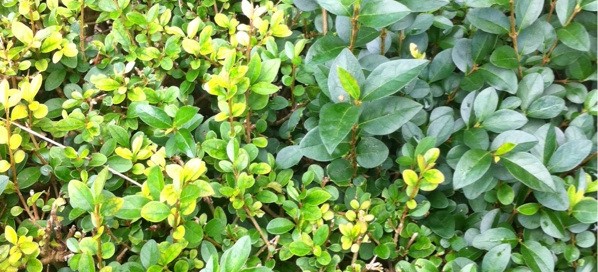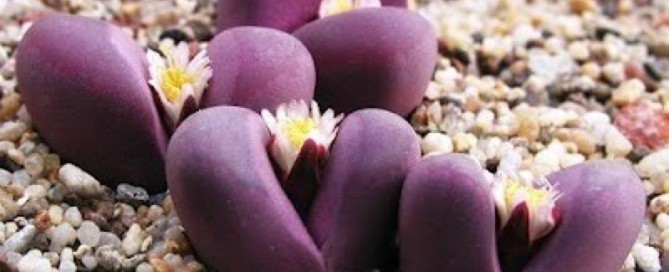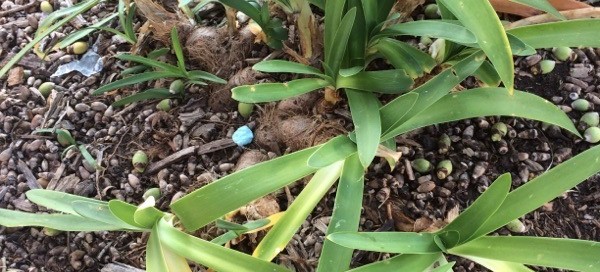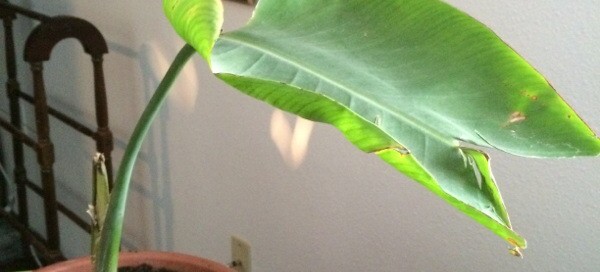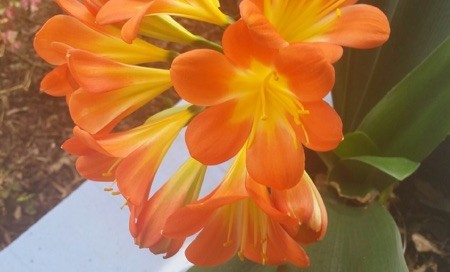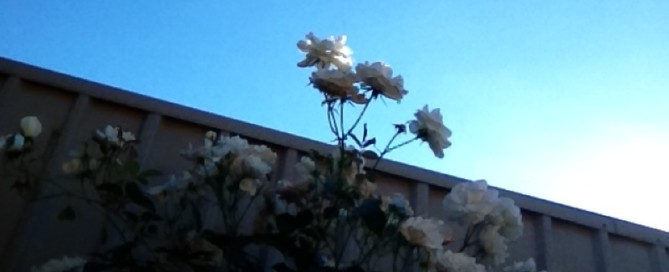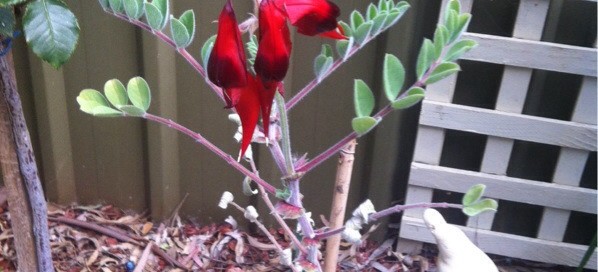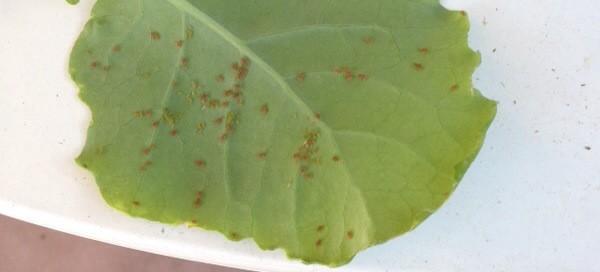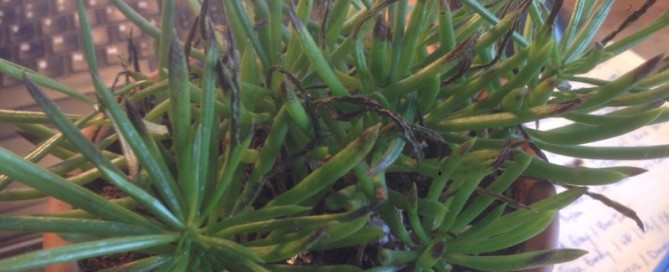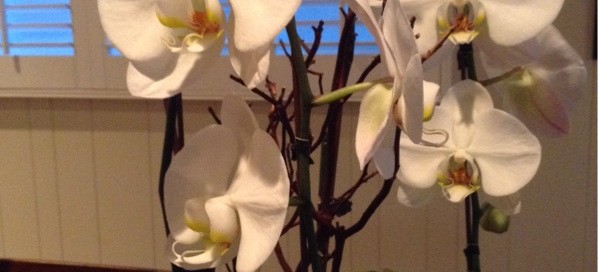Boxwood
Box blight usually causes leaves to brown and die off fairly quickly, not just yellow. I do see a bit of brown twig on the left edge of the photo. Yellowing foliage usually indicates poor cultural conditions, such as waterlogging. It's certainly not unheard of that plants growing so close together can be affected by varying conditions. But the green, healthy stems in the photo look as if they are a different cultivar all together - although this could be the difference between healthy and unhealthy foliage. Check the drainage along the hedge to make sure that water is not keeping soil too wet. For further information, take a sample into your local garden center or read up on box problems here:
www.rhs.org.uk/advice/profile?PID=851
